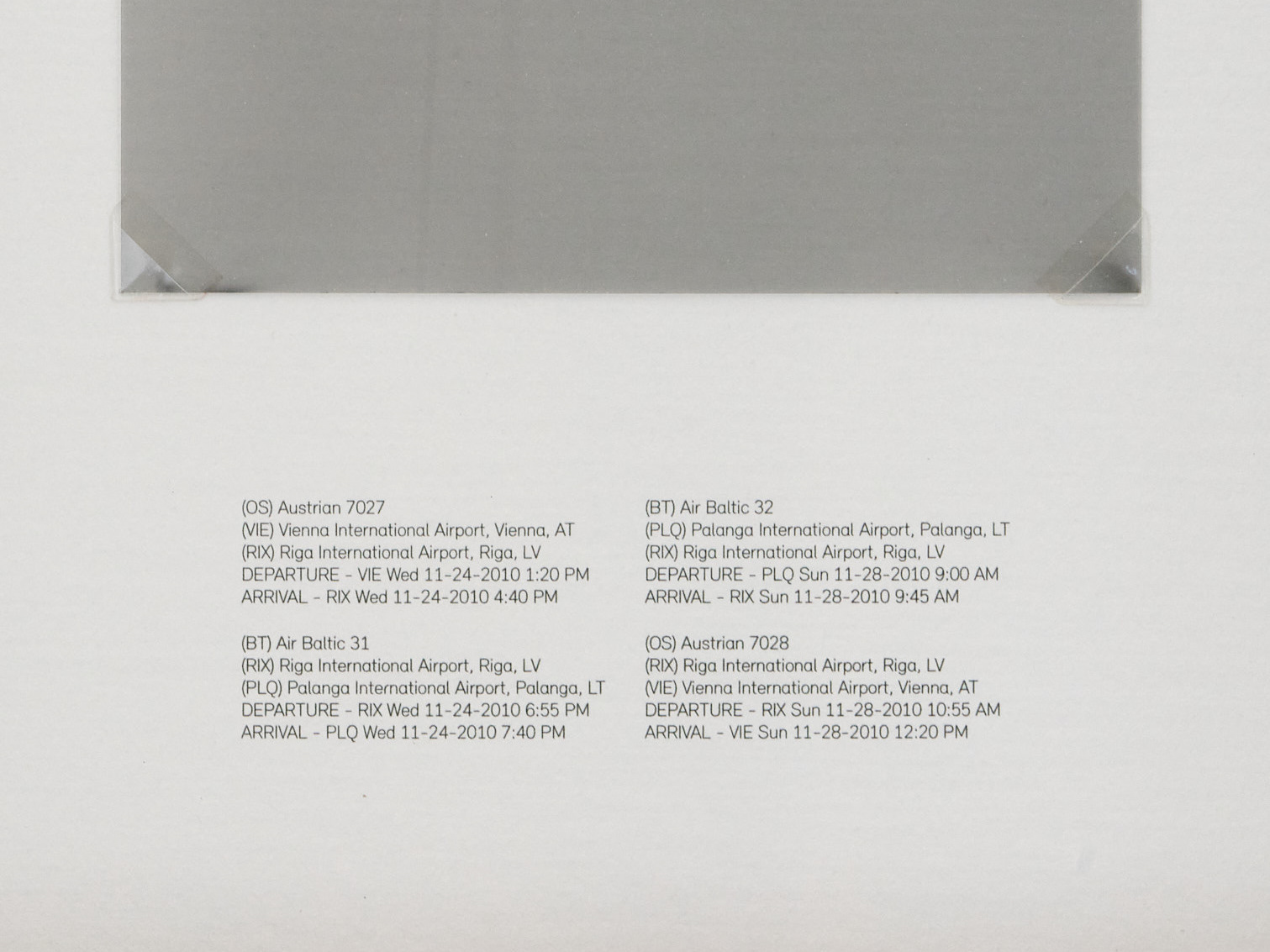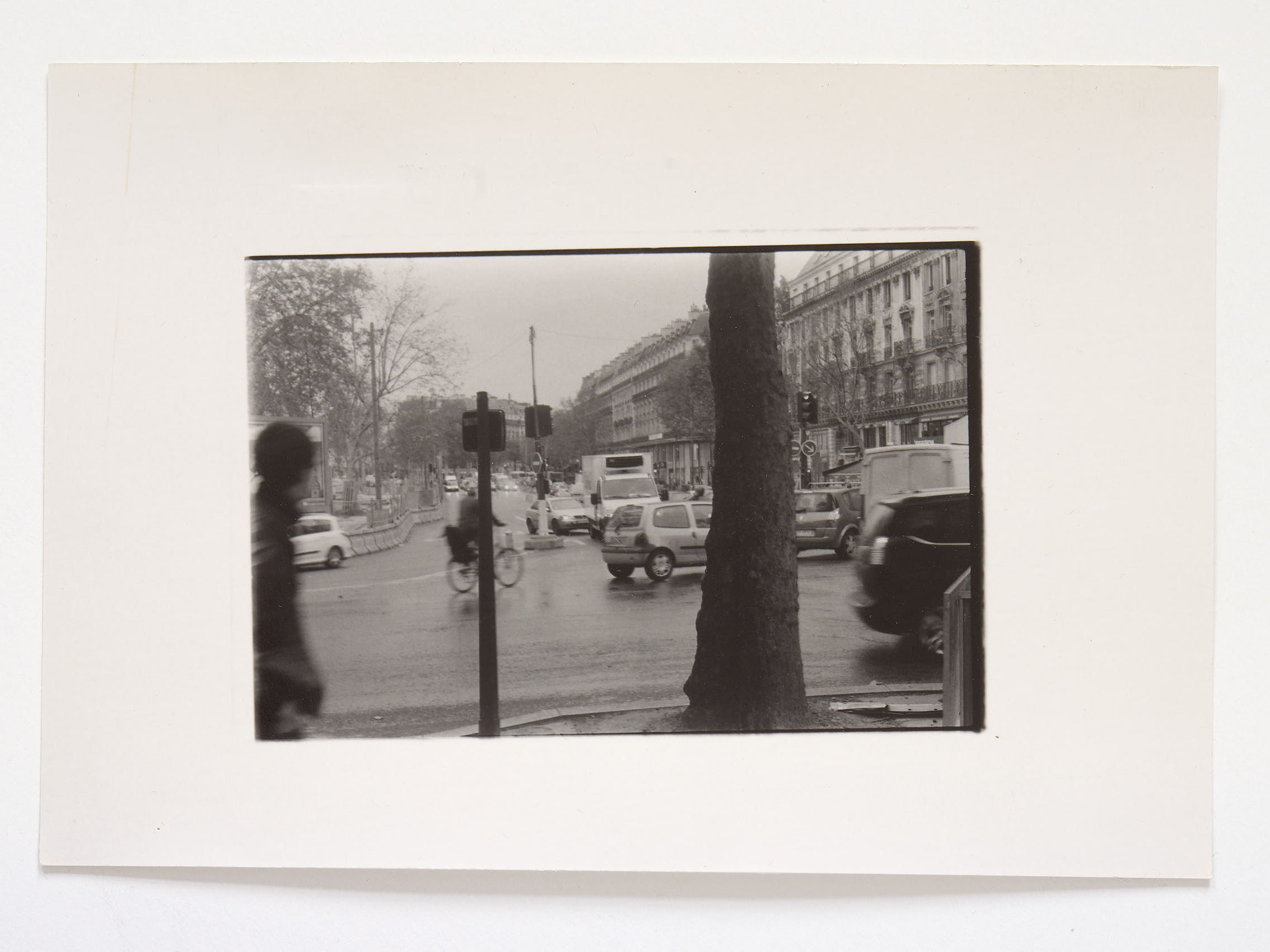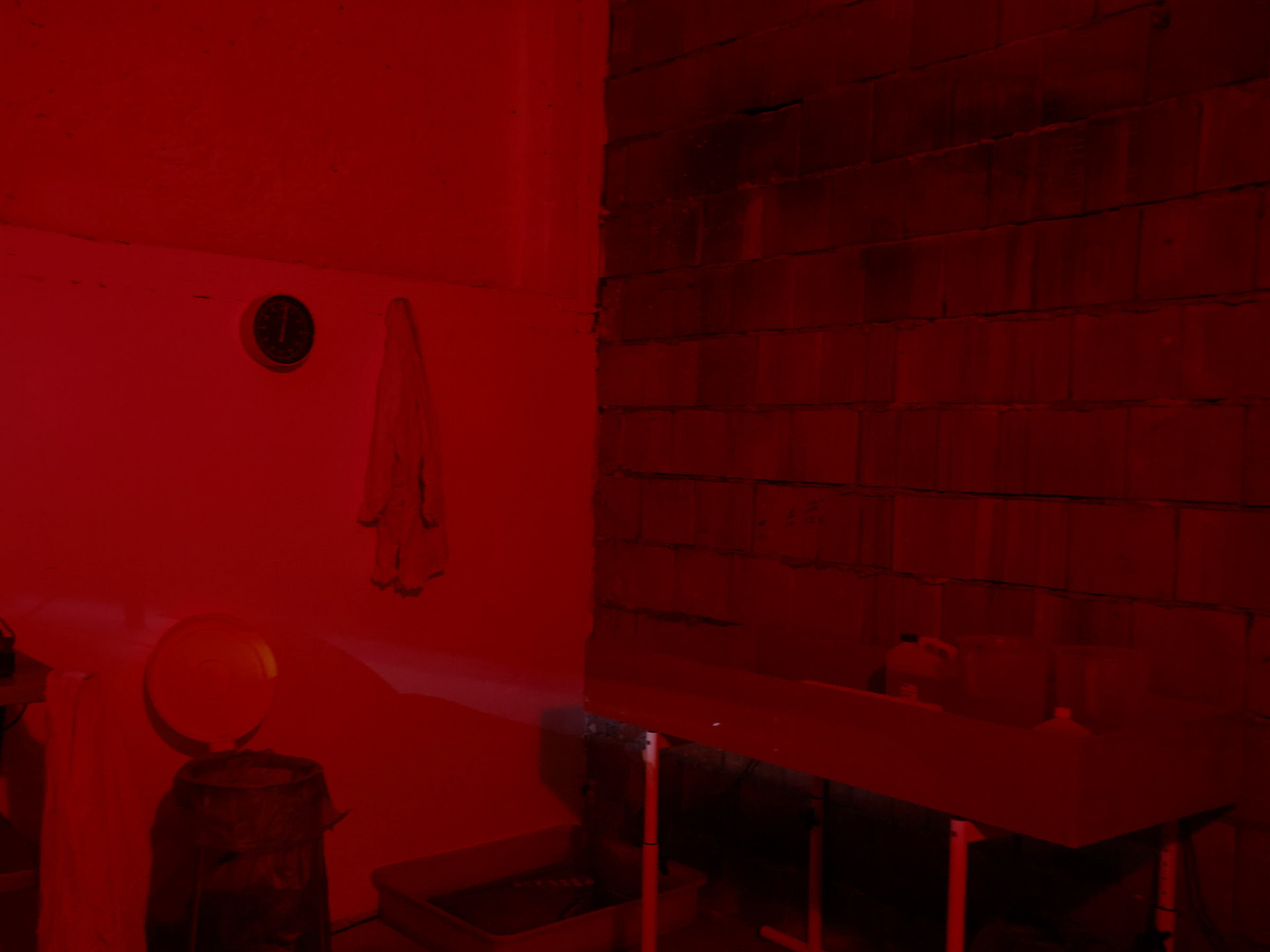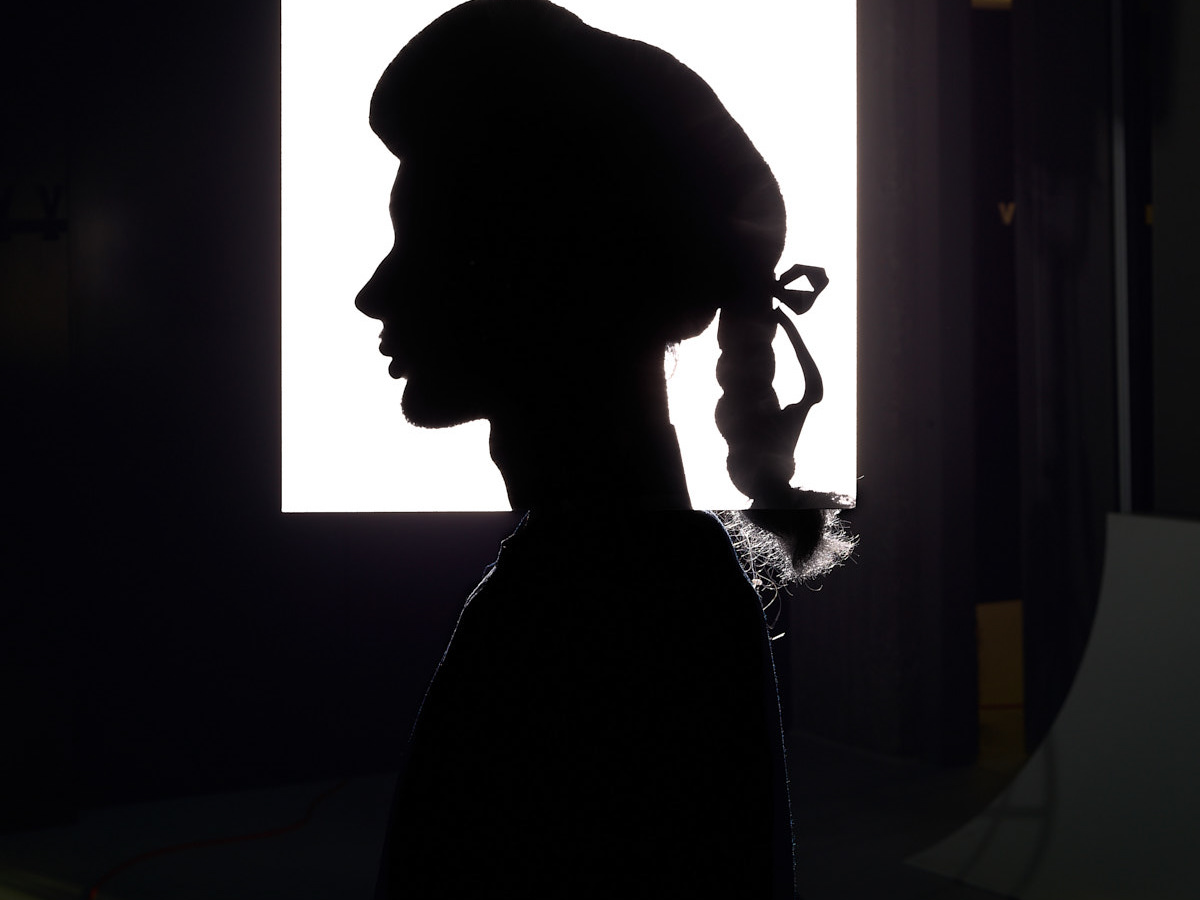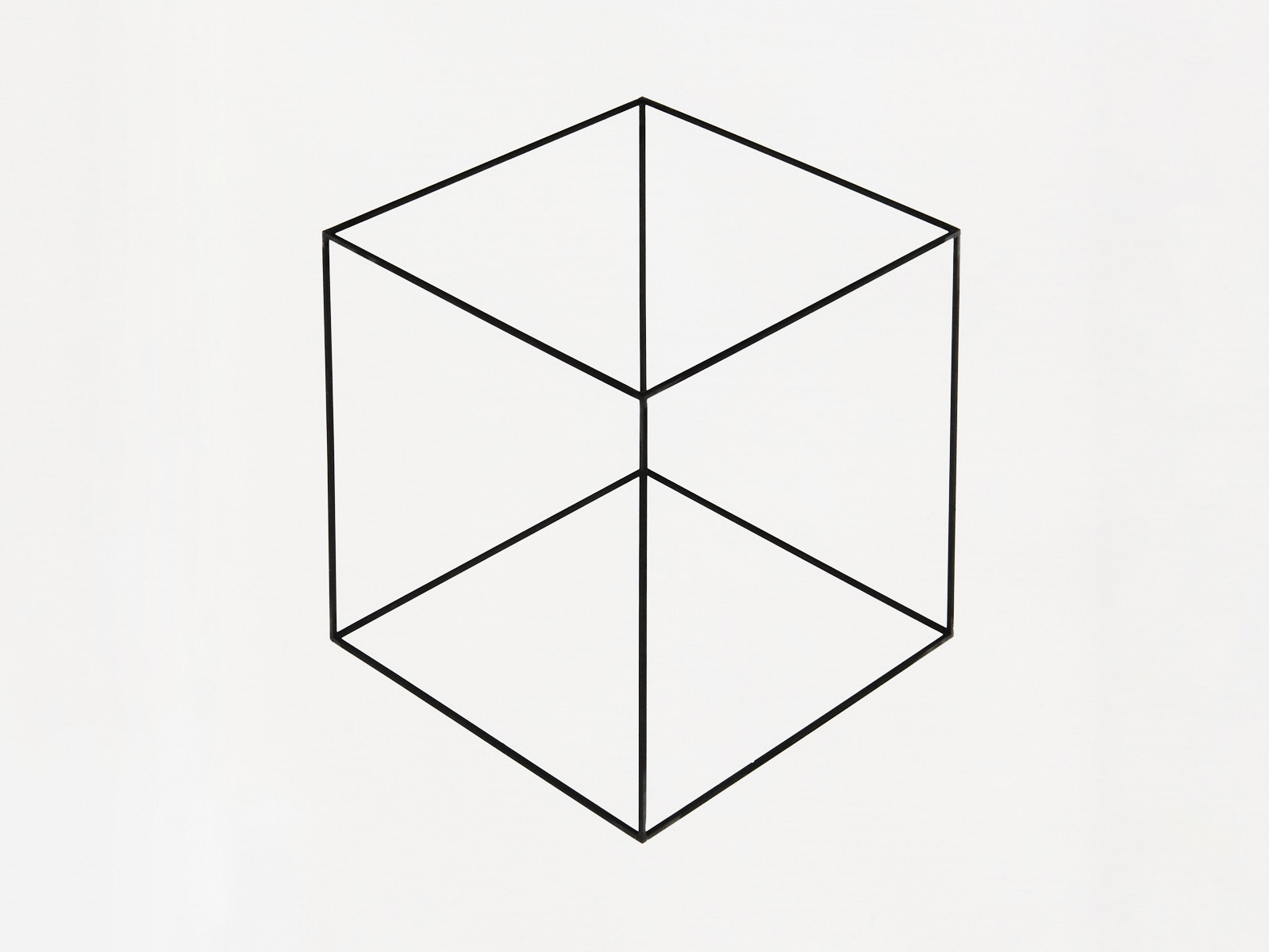Exhibition view, Bild im Hochhaus - Feb. 24th, 2017, Hochhaus Herrengasse Vienna, Herrengasse 6-8, Stiege 1, Tür 48
Selbst Fotografien nach der Natur darf man nicht fälschlich zur Kunst erheben indem man sie in einen Rahmen gibt.
Kann Architektur Kunst sein? Kann ein Bauwerk, das den ästhetischen und sozialen Geist seiner Zeit auf faszinierende Weise widerspiegelt, das sich in seinen Dimensionen und Proportionen selbstbewußt aber nicht aggressiv als neuer Gipfel in die Stadtlandschaft einfügt, das in selbstverständlicher Leichtigkeit innen und aussen, oben und unten verbindet, ein Kunstwerk sein?
Folgt man den Argumenten des Essayisten Georg Simmel, so ist das in keinster Weise möglich. Denn Simmel sieht „Das Wesen des Kunstwerks darin, ein Ganzes für sich zu sein, keiner Beziehung zu einem Draußen bedürftig, jeden seiner Fäden wieder in seinen Mittelpunkt zurückspinnend. Indem das Kunstwerk ist, was sonst nur die Welt als Ganzes oder die Seele sein kann: eine Einheit aus Einzelheiten - schließt es sich, als eine Welt für sich, gegen
alles ihm Äußere ab.“ Das läßt sich nicht nur an Hochhäusern zeigen sondern auch an den darin befindlichen Möbeln.
„Der Grundsatz, dass das Möbel ein Kunstwerk sei, hat mit vielem Ungeschmack und oder Banalität aufgeräumt; aber sein Recht ist nicht so positiv und unbegrenzt, als das günstige Vorurteil für ihn meinen lässt. Das Kunstwerk ist etwas für sich, das Möbel ist etwas für uns. Das Möbelstück aber berühren wir fortwährend, es mischt sich in unser Leben und hat deshalb kein Recht auf Für-sich-Sein.“
Aber mischen sich Kunstwerke nicht auch in unser Leben ein?
Nein! Denn das Kunstwerk hat einen Rahmen, das seine Grenzen klar definiert.
„So bedeuten seine Grenzen etwas ganz anderes, als was man an einem natürlichen Dinge Grenzen nennt: bei diesem sind sie nur der Ort fortwährender Exosmose und Endosmose mit allem Jenseitigen, dort aber jener unbedingte Abschluss, der die Gleichgültigkeit und Abwehr nach außen und den vereinheitlichenden Zusammenschluss nach innen in einem Akte ausübt.
Was der Rahmen für das Kunstwerk leistet, ist, dass er diese Doppelfunktion seiner Grenze symbolisiert und verstärkt. Er schließt alle Umgebung und also auch den Betrachter vom Kunstwerk aus und hilft dadurch es in die Distanz zu stellen, in der allein es ästhetisch genießbar wird.“
Selbst Fotografien nach der Natur darf man nicht fälschlich zur Kunst erheben indem man sie in einen Rahmen gibt.
„Das richtig verstandene Prinzip erklärt, weshalb man jetzt in einigermaßen geschmackvollen Milieus Photographien nach der Natur nicht mehr in Rahmen findet.
Der Rahmen schickt sich nur für Gebilde von abgeschlossener Einheit, wie sie ein Stück Natur niemals hat.
Jeder Ausschnitt der unmittelbaren Natur ist durch tausend räumliche, historische, begriffliche, gemütliche Beziehungen mit alledem verbunden, das in größerer oder geringerer, physischer oder seelischer Nähe es umgibt.“
Gerne wollen wir den strengen Gedanken des Herrn Simmel folgen, ein richtiges Bild (keine Fotografie) in eine bedeutende Architektur (das erste Wiener Hochhaus) hängen, ein Möbelstück daneben stellen und sehen was passiert.
Und da wir Fotografen sind, die an räumlichen, historischen, begrifflichen, gemütlichen Beziehungen interessiert sind, werden wir eine Fotografie davon machen und diese an der Stelle des Bildes an die Wand hängen, im Hochhaus in der Wiener Herrengasse 6-8, auf der Stiege 1 im 9. Stock.
alles ihm Äußere ab.“ Das läßt sich nicht nur an Hochhäusern zeigen sondern auch an den darin befindlichen Möbeln.
„Der Grundsatz, dass das Möbel ein Kunstwerk sei, hat mit vielem Ungeschmack und oder Banalität aufgeräumt; aber sein Recht ist nicht so positiv und unbegrenzt, als das günstige Vorurteil für ihn meinen lässt. Das Kunstwerk ist etwas für sich, das Möbel ist etwas für uns. Das Möbelstück aber berühren wir fortwährend, es mischt sich in unser Leben und hat deshalb kein Recht auf Für-sich-Sein.“
Aber mischen sich Kunstwerke nicht auch in unser Leben ein?
Nein! Denn das Kunstwerk hat einen Rahmen, das seine Grenzen klar definiert.
„So bedeuten seine Grenzen etwas ganz anderes, als was man an einem natürlichen Dinge Grenzen nennt: bei diesem sind sie nur der Ort fortwährender Exosmose und Endosmose mit allem Jenseitigen, dort aber jener unbedingte Abschluss, der die Gleichgültigkeit und Abwehr nach außen und den vereinheitlichenden Zusammenschluss nach innen in einem Akte ausübt.
Was der Rahmen für das Kunstwerk leistet, ist, dass er diese Doppelfunktion seiner Grenze symbolisiert und verstärkt. Er schließt alle Umgebung und also auch den Betrachter vom Kunstwerk aus und hilft dadurch es in die Distanz zu stellen, in der allein es ästhetisch genießbar wird.“
Selbst Fotografien nach der Natur darf man nicht fälschlich zur Kunst erheben indem man sie in einen Rahmen gibt.
„Das richtig verstandene Prinzip erklärt, weshalb man jetzt in einigermaßen geschmackvollen Milieus Photographien nach der Natur nicht mehr in Rahmen findet.
Der Rahmen schickt sich nur für Gebilde von abgeschlossener Einheit, wie sie ein Stück Natur niemals hat.
Jeder Ausschnitt der unmittelbaren Natur ist durch tausend räumliche, historische, begriffliche, gemütliche Beziehungen mit alledem verbunden, das in größerer oder geringerer, physischer oder seelischer Nähe es umgibt.“
Gerne wollen wir den strengen Gedanken des Herrn Simmel folgen, ein richtiges Bild (keine Fotografie) in eine bedeutende Architektur (das erste Wiener Hochhaus) hängen, ein Möbelstück daneben stellen und sehen was passiert.
Und da wir Fotografen sind, die an räumlichen, historischen, begrifflichen, gemütlichen Beziehungen interessiert sind, werden wir eine Fotografie davon machen und diese an der Stelle des Bildes an die Wand hängen, im Hochhaus in der Wiener Herrengasse 6-8, auf der Stiege 1 im 9. Stock.
pigment print, 108 x 144cm, framed
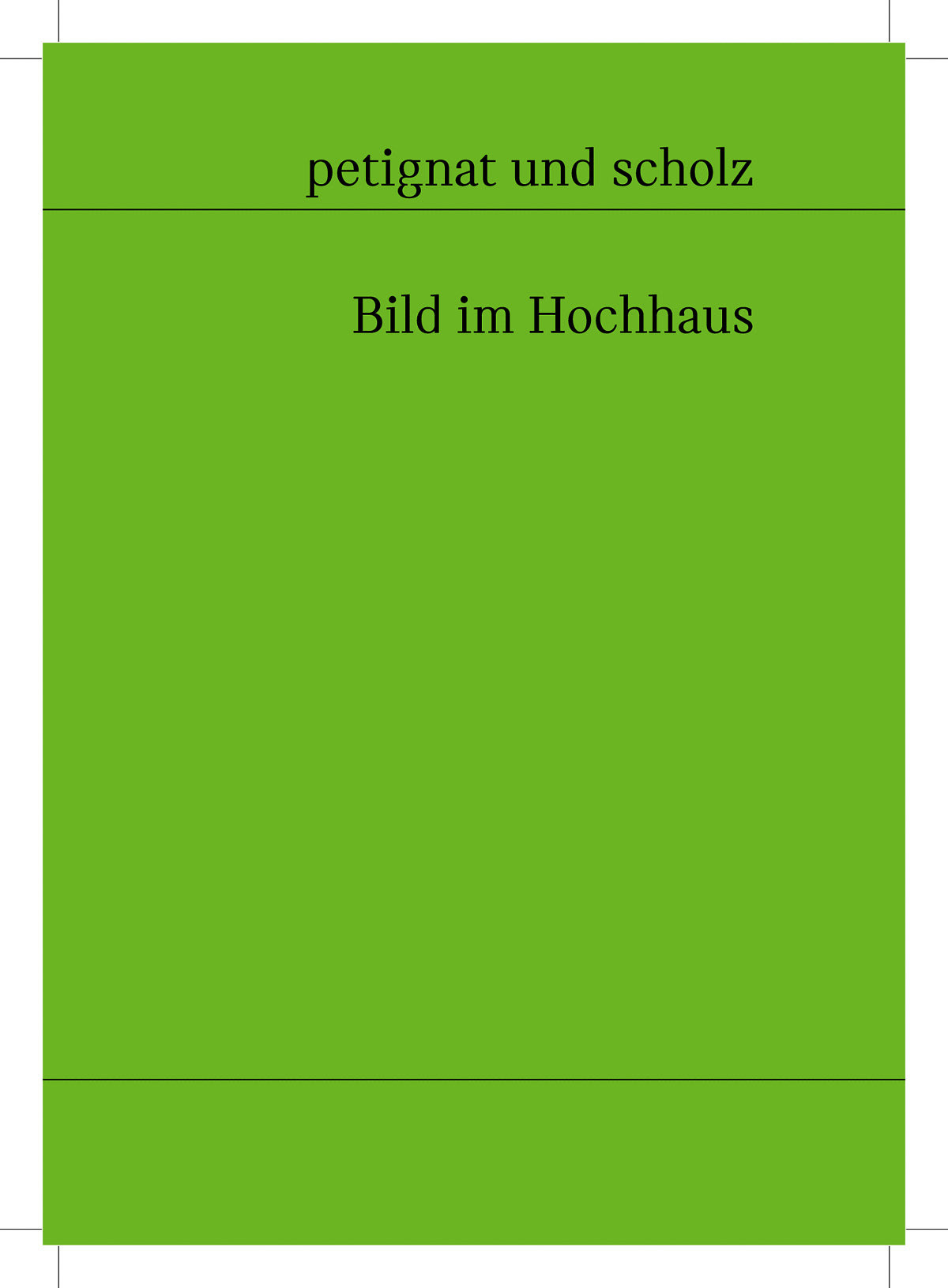
Book, 105x148mm
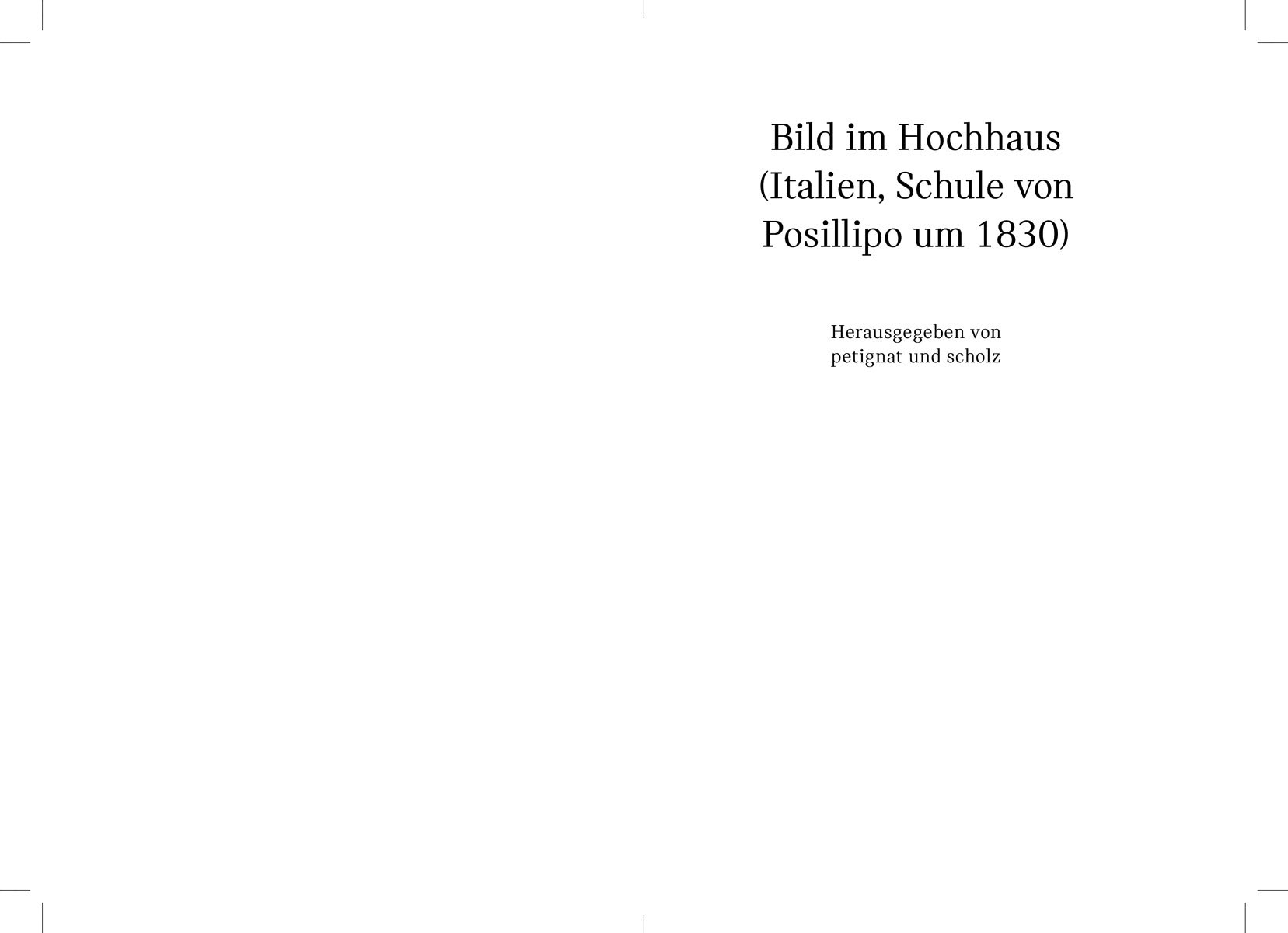
Book, 105x148mm
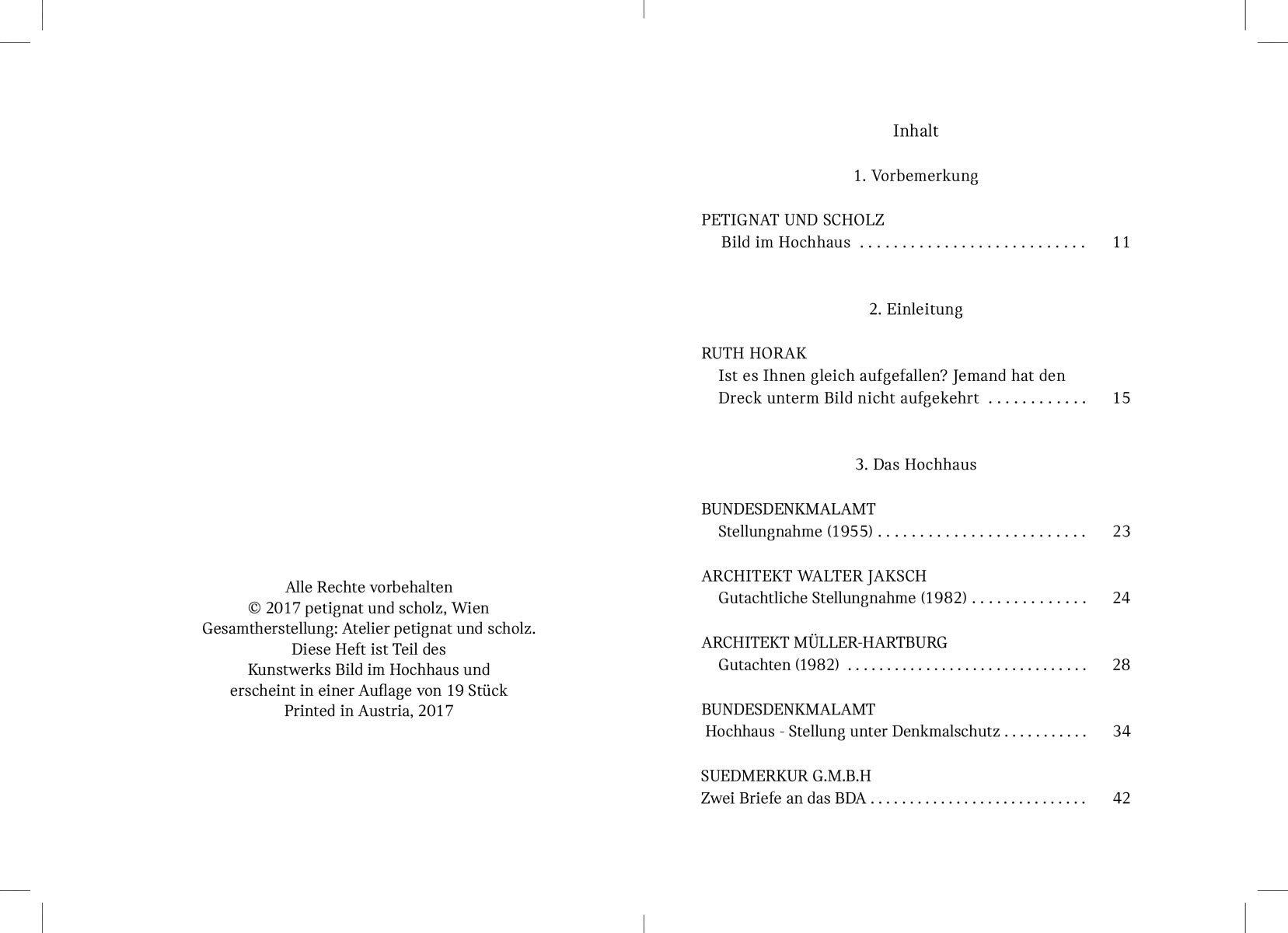
Book, 105x148mm
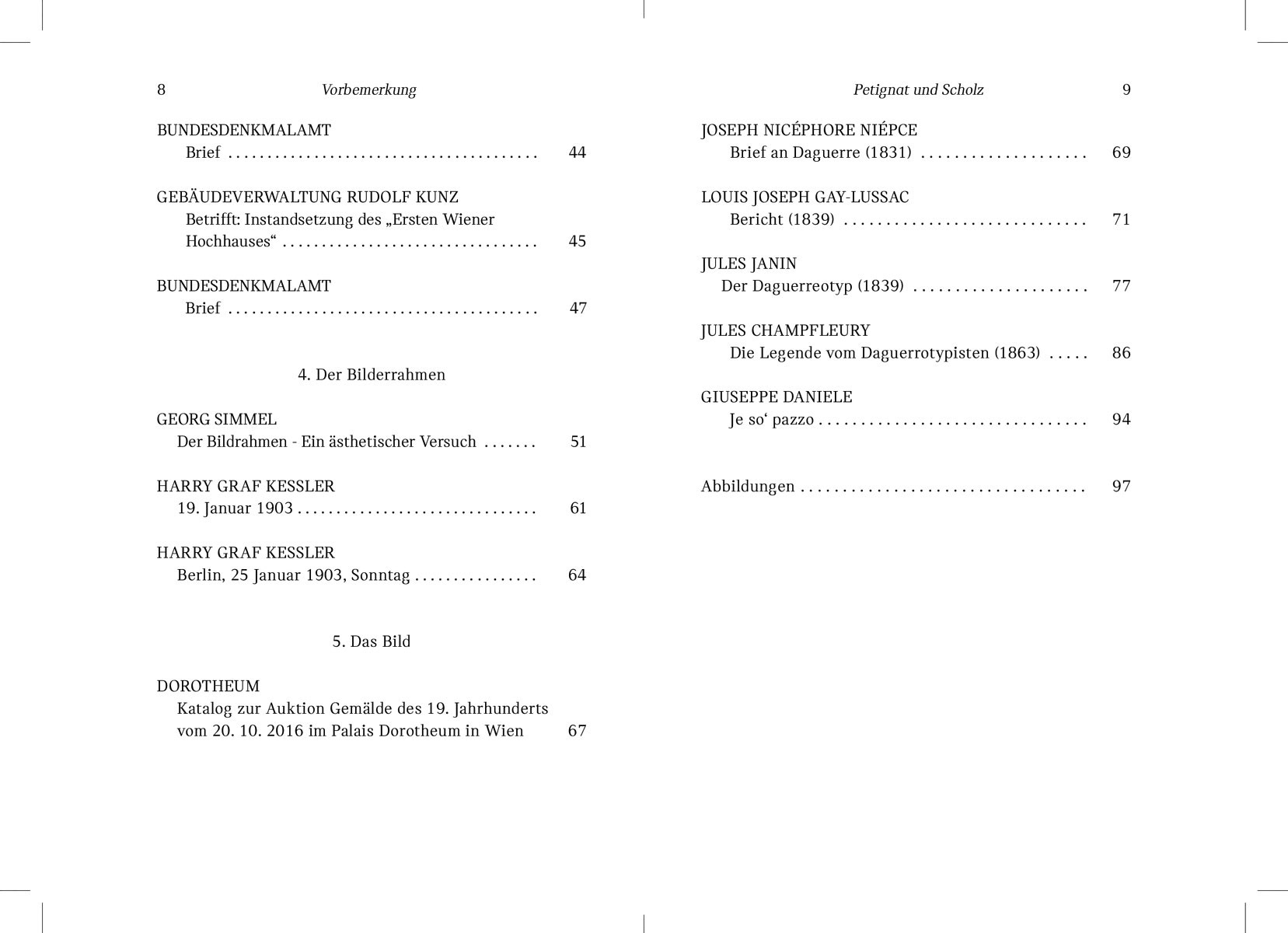
Book, 105x148mm

Book, 105x148mm
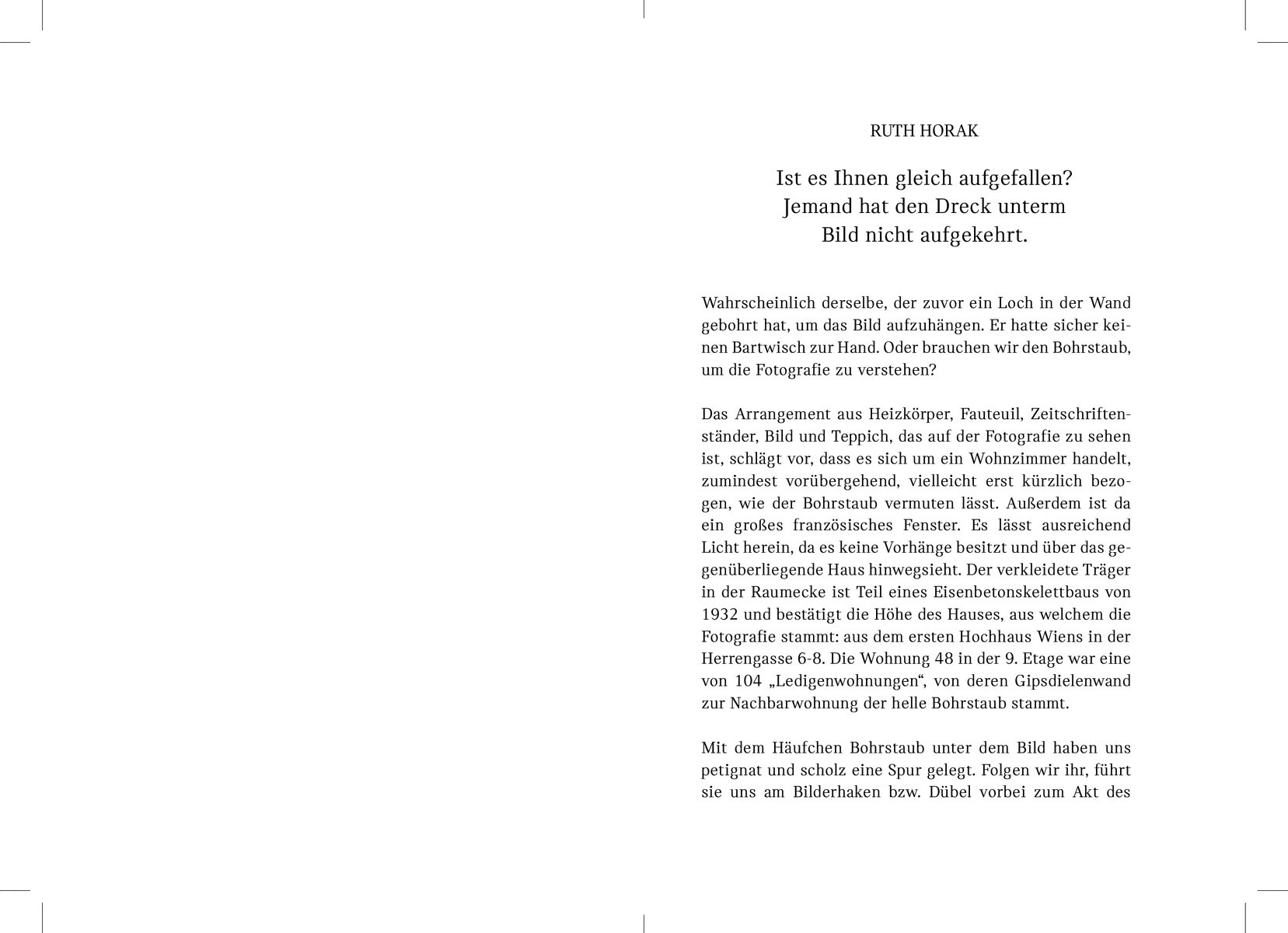
Book, 105x148mm

Book, 105x148mm
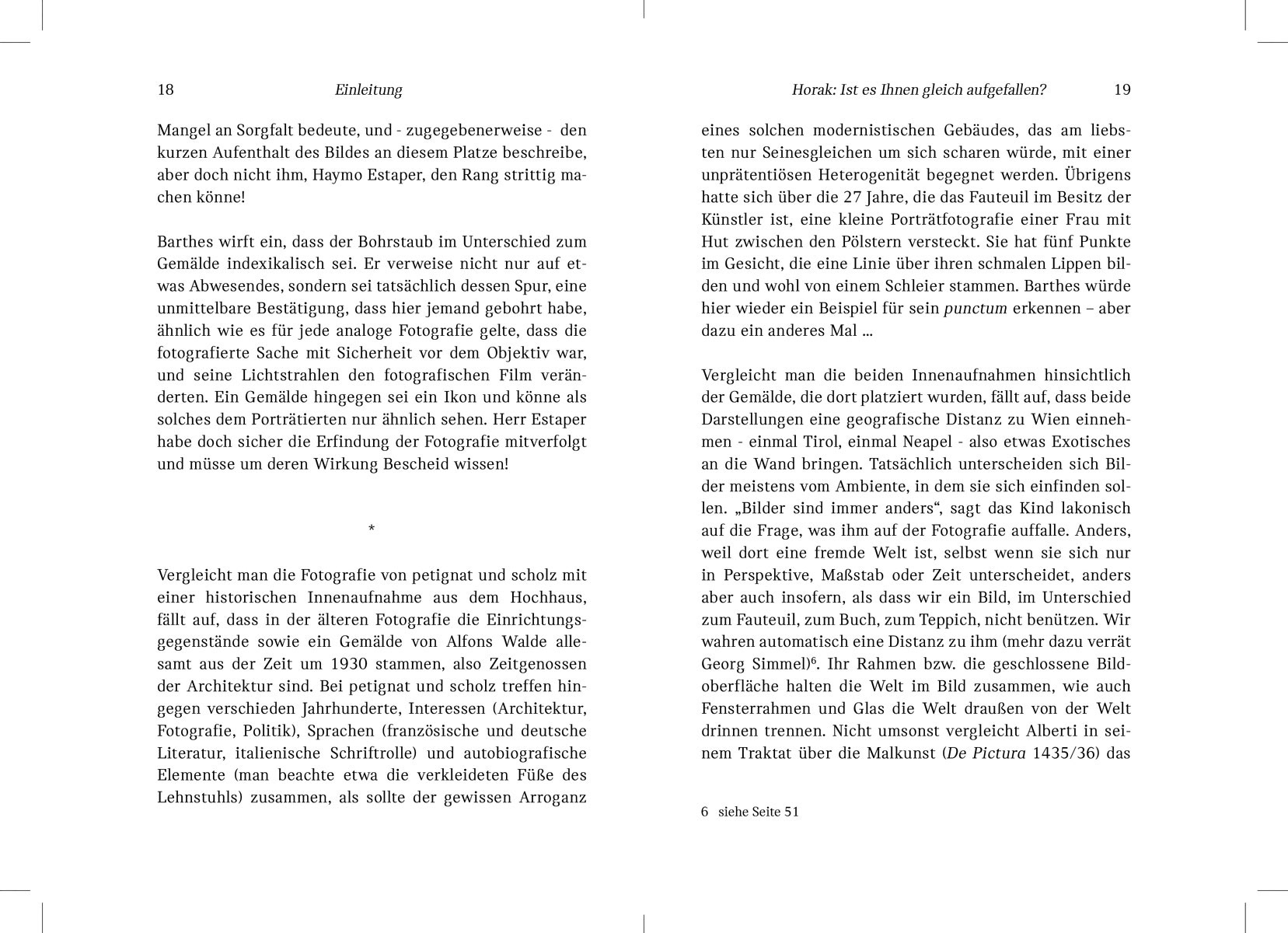
Book, 105x148mm
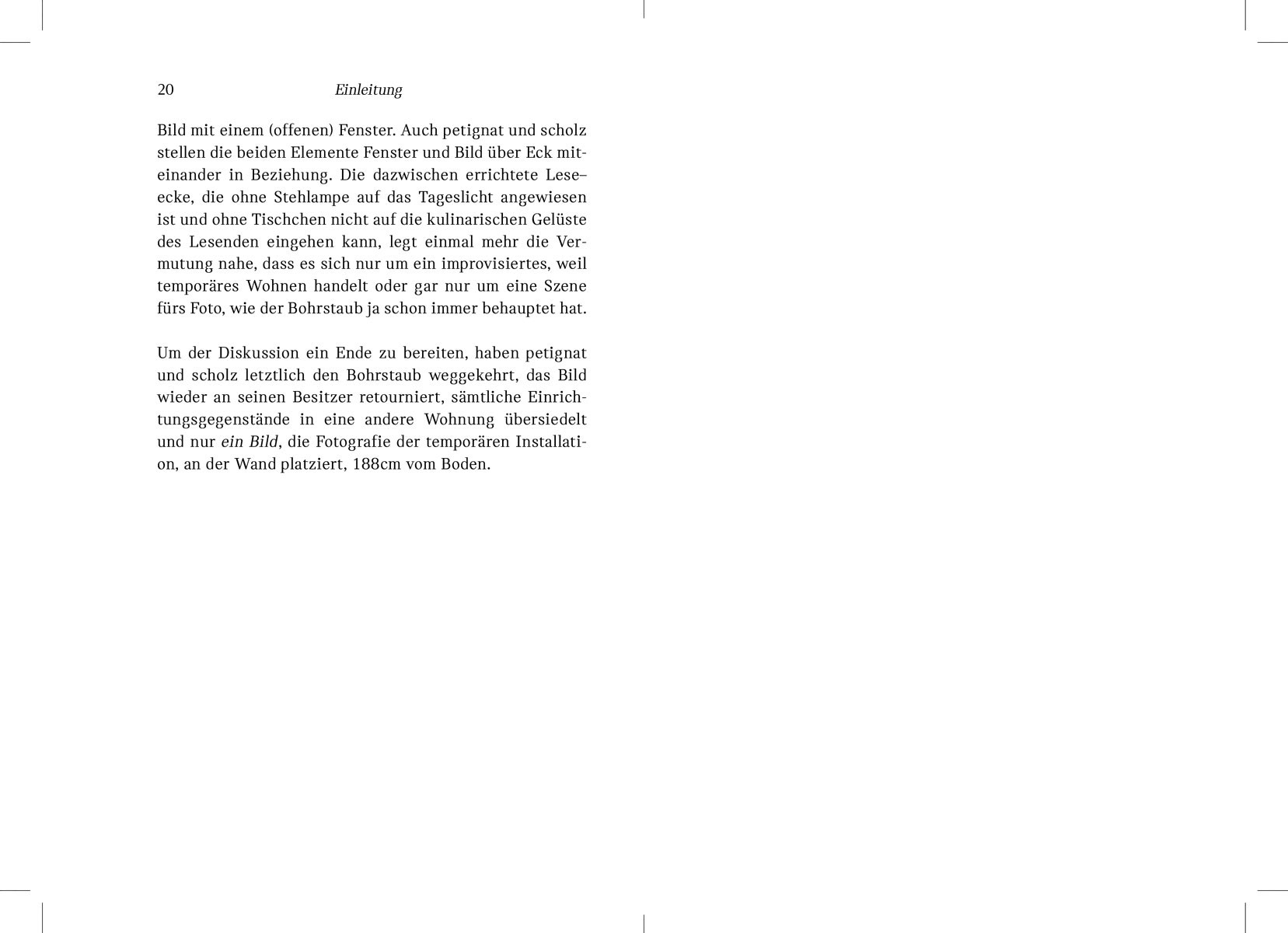
Book, 105x148mm
Can architecture be art? Can a building that reflects the aesthetic and social spirit of its time in a fascinating way, that self-confidently but not aggressively inserts itself in its dimensions and proportions as a new peak in the urban landscape, that connects inside and outside, above and below with self-evident ease, be a work of art?
If one follows the arguments of the essayist Georg Simmel, this is in no way possible. For Simmel sees "the essence of the work of art in being a whole in itself, not needing any relationship to an outside, spinning each of its threads back into its center. In that the work of art is what otherwise only the world as a whole or the soul can be: a unity of details - it closes itself off, as a world for itself, against
everything external to it." This can be seen not only in skyscrapers but also in the furniture they contain.
"The principle that furniture is a work of art has cleared up a great deal of bad taste and or banality; but its right is not so positive and unlimited as the favorable prejudice for it would lead one to think. The work of art is something for itself, the furniture is something for us. The piece of furniture, however, we touch continually, it mingles in our lives, and therefore has no right to be for itself."
But don't works of art also interfere with our lives?
No! Because the work of art has a framework that clearly defines its boundaries.
"Thus its boundaries mean something quite different from what one calls boundaries in a natural thing: in the latter they are only the place of perpetual exosmosis and endosmosis with all that is beyond, but there that unconditional closure which exercises in one act the indifference and defense outwardly and the unifying union inwardly.
What the frame does for the work of art is that it symbolizes and reinforces this double function of its boundary. It excludes all surroundings and thus also the viewer from the work of art and thereby helps to place it at the distance in which alone it becomes aesthetically enjoyable."
Even photographs taken after nature should not be falsely elevated to art by placing them in a frame.
If one follows the arguments of the essayist Georg Simmel, this is in no way possible. For Simmel sees "the essence of the work of art in being a whole in itself, not needing any relationship to an outside, spinning each of its threads back into its center. In that the work of art is what otherwise only the world as a whole or the soul can be: a unity of details - it closes itself off, as a world for itself, against
everything external to it." This can be seen not only in skyscrapers but also in the furniture they contain.
"The principle that furniture is a work of art has cleared up a great deal of bad taste and or banality; but its right is not so positive and unlimited as the favorable prejudice for it would lead one to think. The work of art is something for itself, the furniture is something for us. The piece of furniture, however, we touch continually, it mingles in our lives, and therefore has no right to be for itself."
But don't works of art also interfere with our lives?
No! Because the work of art has a framework that clearly defines its boundaries.
"Thus its boundaries mean something quite different from what one calls boundaries in a natural thing: in the latter they are only the place of perpetual exosmosis and endosmosis with all that is beyond, but there that unconditional closure which exercises in one act the indifference and defense outwardly and the unifying union inwardly.
What the frame does for the work of art is that it symbolizes and reinforces this double function of its boundary. It excludes all surroundings and thus also the viewer from the work of art and thereby helps to place it at the distance in which alone it becomes aesthetically enjoyable."
Even photographs taken after nature should not be falsely elevated to art by placing them in a frame.
Even photographs taken after nature should not be falsely elevated to art by placing them in a frame.
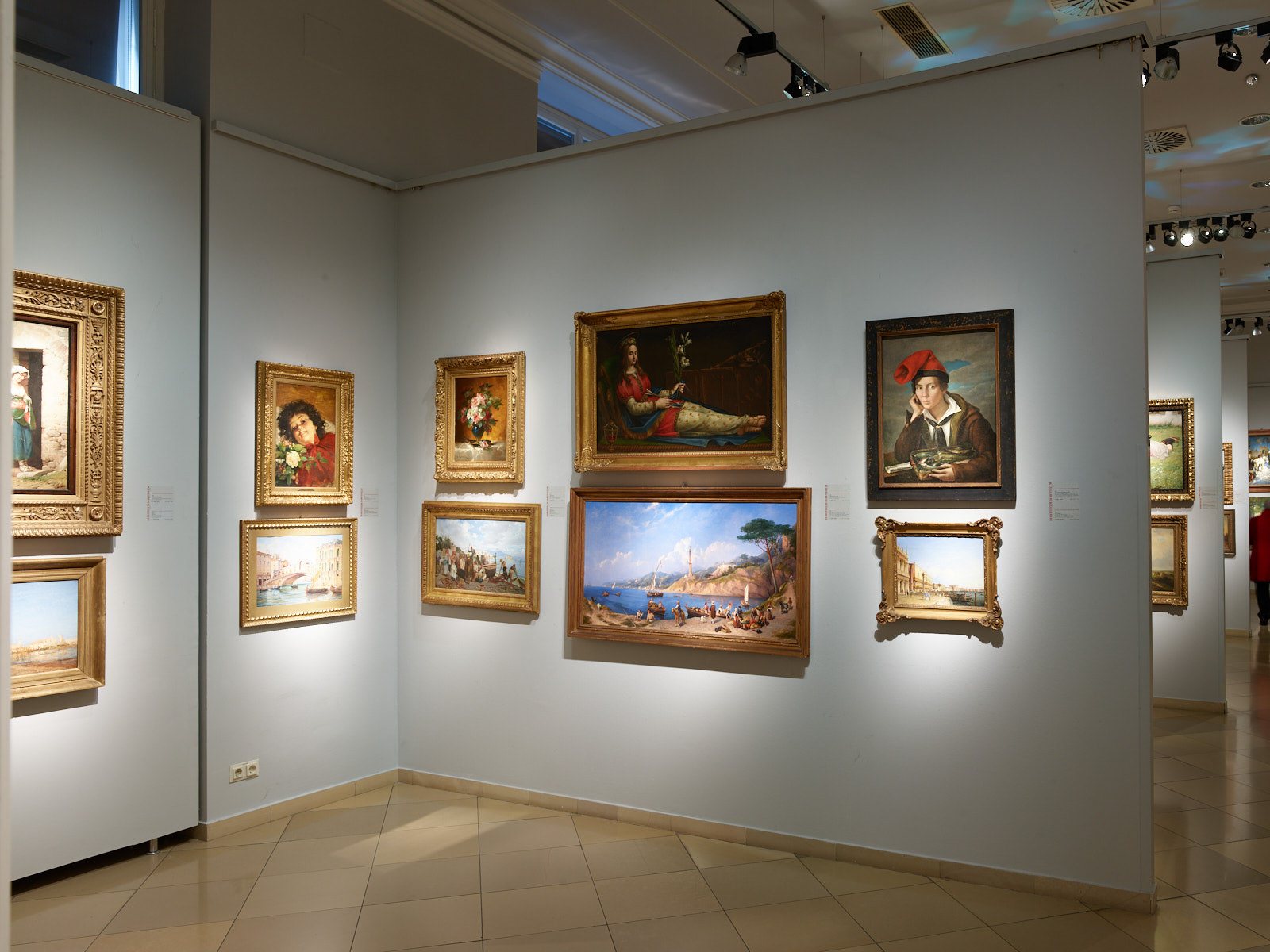
Dorotheum Vienna, 19th Century Paintings - Oct. 20th 2016
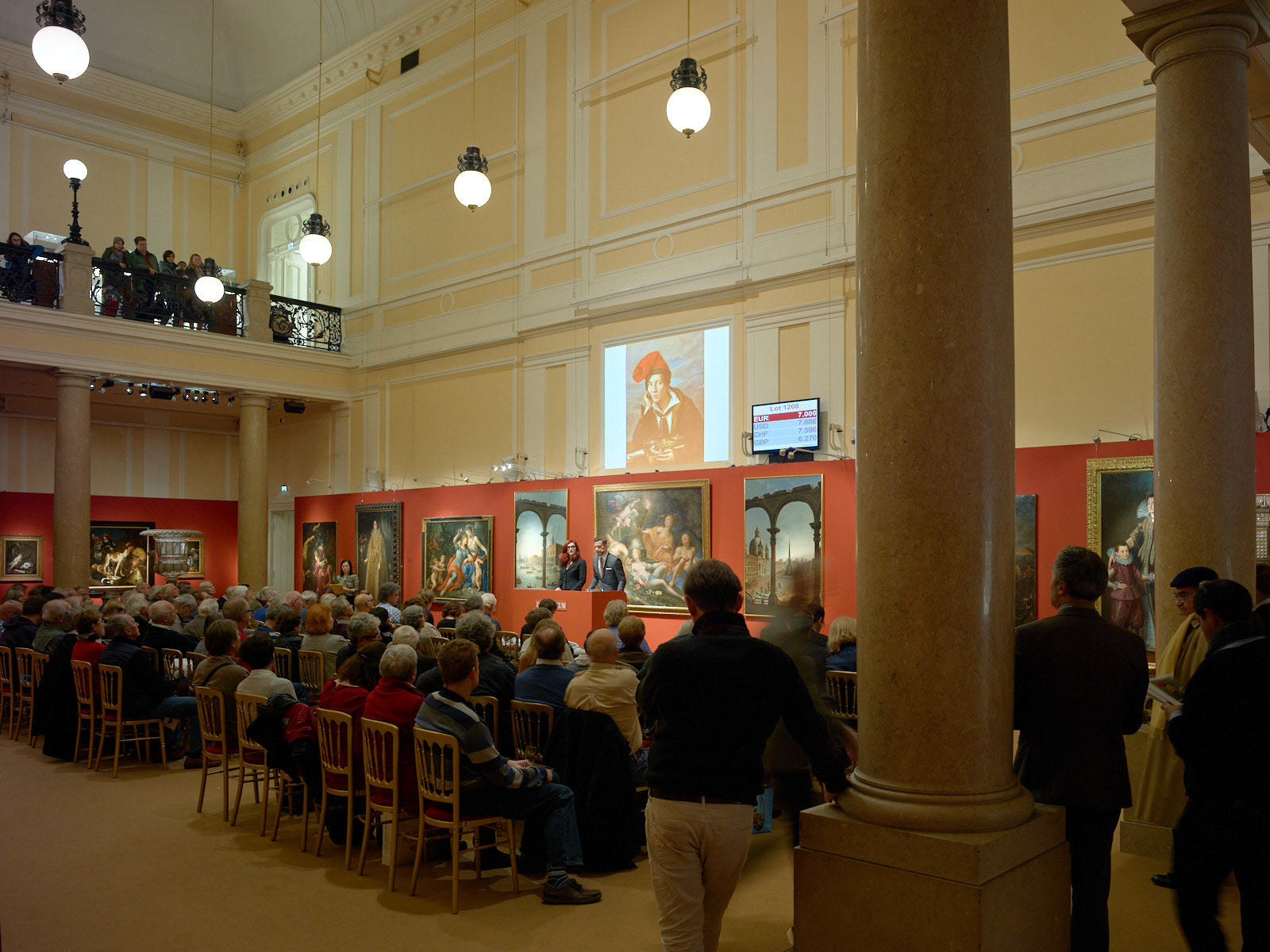
Dorotheum Vienna, 19th Century Paintings - Oct. 20th 2016

Docomentation by Matthias Aschauer, Vienna
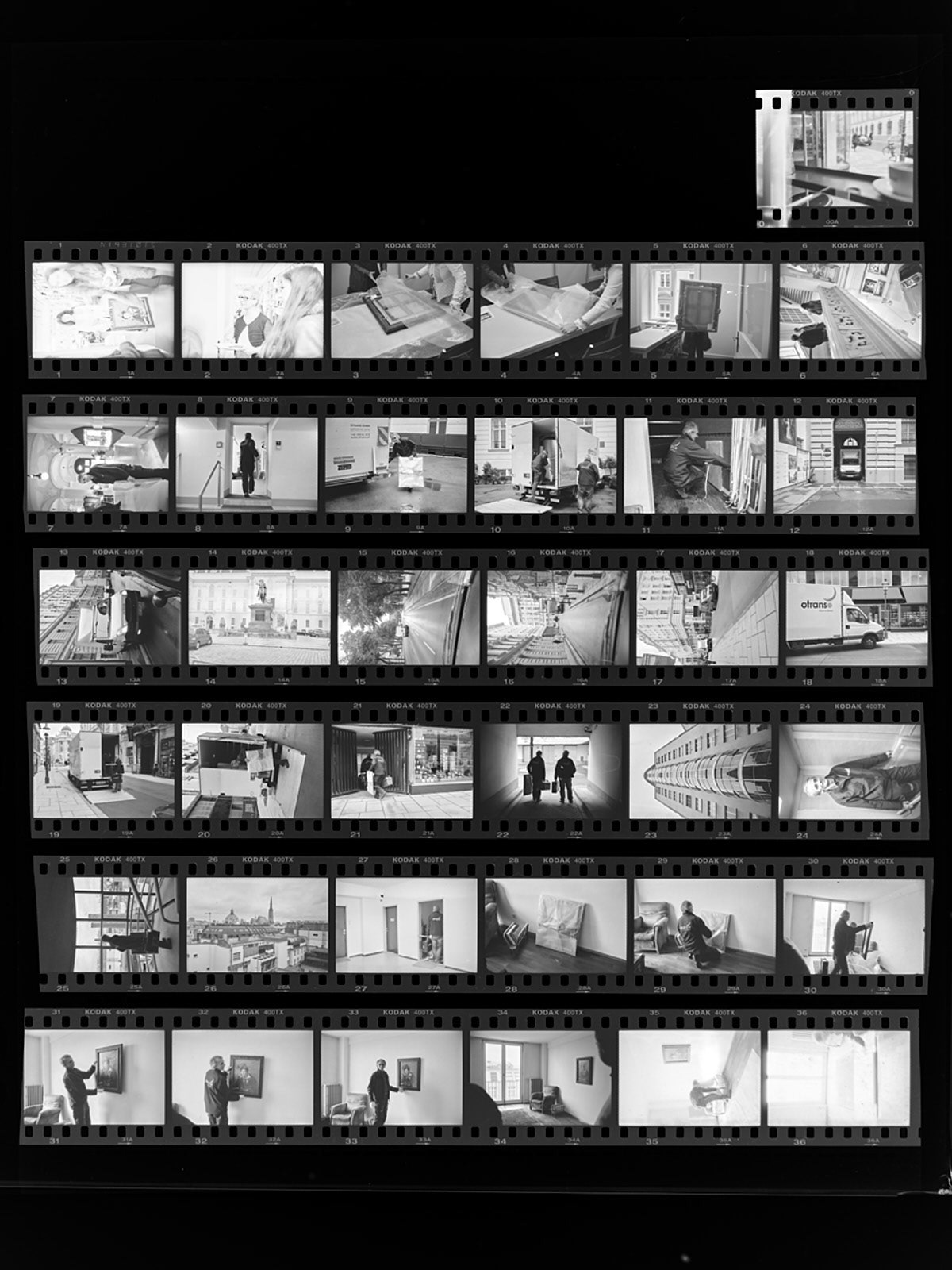
Docomentation by Matthias Aschauer, Vienna
material for Bild im Hochhaus

